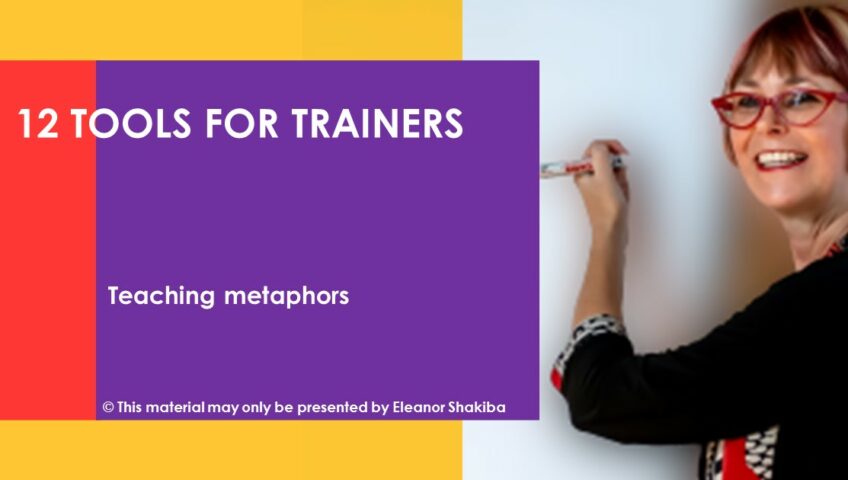If you want your message to have more of an impact, tell a story. Storytelling is one of the oldest techniques for getting a point across. When you tell a story, people listen. It engages their emotions and makes a stronger connection. Learn how to use storytelling to keep your audience hanging on your every word.
Storytelling is the use of words and images to communicate with an audience. It requires learners to engage their imaginations. This allows them to connect with your message and retain information. To use stories effectively in learning and development contexts, trainers need to understand the basics of crafting ‘teaching metaphors’. These are stories that include three main components: a problem; a strategy for solution and a positive outcome.
Storytelling as a communication tool can be traced back to the beginning of time. The leaders of ancient communities would tell stories to inspire or influence community members. Storytelling has also become an integral part of the positive psychology trainers’ toolkit. Martin Seligman, the pioneer of positive psychology, understands the importance of storytelling. Much of his research involves using participants’ narratives to create positive interventions. Research also suggests that humans are hardwired to listen to stories. You – as a budding positive psychology trainer or consultant – can use a story to present information in a way that makes more sense to people.
The most effective stories are personal ones. If the story is personal to the speaker, it becomes more personal to the audience. Of course, personal stories may not be an option for every presentation. Sometimes you need to tell a story to express data. Instead of rattling off numbers, create a narrative that showcases the importance of the data. For example, you may develop a persona for a typical client to humanise the information. All stories start with an idea, such as communicating a specific message to the audience. You then need to build the story around the idea. The standard storytelling structure includes a problem, a journey and an outcome.
When using storytelling in learning and development contexts, it’s important to keep your plots simple. You don’t need to add a lot of detail or twists. Four principles will keep you on track in this regard.
- Create a plot that mirrors your group’s real problems
- Suggest solutions for those problems
- Base your plot on strategies for action that can be used in real life
- Always end on a positive note
As you experiment with storytelling techniques, you’ll discover a range of ways to bring your stories to life. Try adding details about the characters in your stories, acting out key scenes or getting your group in a ‘choose your own adventure’ story building session.
Don’t stick to storytelling basics. Learn how to craft advanced metaphors and deliver them with impact. Enrol in a trainers’ master class with Eleanor Shakiba today.
About the author: Eleanor Shakiba
Eleanor is a specialist in positive psychology training. Her core strength is creativity, which she expresses in the training room through storytelling and visual design. She has dedicated her career to helping experienced professionals break through glass ceilings by developing their confidence, communication skills and leadership mastery. Eleanor is qualified in a range of fields including Social Anthropology, Positive Psychology, Counselling, Coaching, Adult Education and Neuro Linguistic Programming. She is also the author of the Positive Psychology Toolkit for HR and L&D Practitioners. This is a free resource for trainers and facilitators
